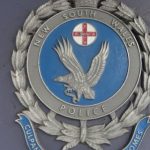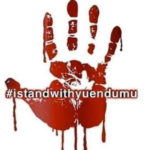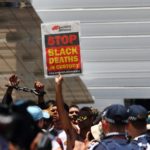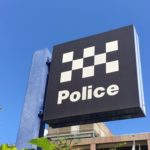Victims of Police Shooting to be Paid Over $2 Million
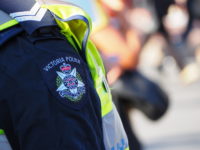
The Victorian Police force has agreed to a last minute multi-million dollar settlement with two people who were shot by officers at a party at a Melbourne nightclub.
Eleventh hour settlement to avoid court
The case was due to be heard in the Supreme Court, but at the eleventh hour police reached a settlement with Dale Ewins and Zita Sukys, who were suing police for negligence and excessive force.
Mr Ewins, 37, and Ms Sukys, 39, were engaged in a sexual act at the Sinners and Saints fancy dress ball at the Inflation Nightclub in the Melbourne CBD in July 2017 when police stormed in and fired their guns.
Each of them will receive more than a million dollars.
The incident at Inflation nightclub
It’s been reported that police were called to the nightclub after a patron reported that Mr Ewins, who was in a fancy dress costume as ‘The Joker’ had tucked a handgun into his trousers.
Police contacted the Critical Incidence Response team. CCTV footage from the nightclub shows a heavily armed police squad storming into the club. Despite being told by security staff that they believed the firearm was a toy, police fired shots at Mr Ewins and Ms Sukys. Mr Ewins was shot twice in the back, causing severe injuries. Ms Sukys, was shot once.
The settlement now ensures that there will not be a potentially embarrassing trial. Victoria Police are already facing significant community backlash for their use of excessive force, most recently at climate protests, but in a string of other incidents too.
Recent settlements by Victoria Police
Earlier this year, Eathan Cruse was awarded $400,000 after police entered his parents’ home, tied his hands behind his back with cable ties and bashed him repeatedly before slamming him into a fridge.
Ex- police woman Yvonne Berry was recently awarded more than $500,000 after she was handcuffed, dragged along the floor of the police station, stripped of her underwear, stomped on and kicked on by former colleagues in a regional police station.
In recent months video footage has emerged showing police bashing the head of a drunk at disorderly man at a wall at the Bendigo watch house, another which shows an armed robber, already subdued, continually bashed by police so badly that he lost nearly all of his teeth, and another which showed police pinning down, capsicum spraying and hosing a disabled pensioner on the front lawn of his home.
This year we have also reported the story of the Doctor who says she was assaulted by Victorian Police when she was following her Hippocratic Oath, trying to render first aid to a man with a head injury. The Independent Broad Based Anti-Corruption Commission (IBAC) is also currently investigating an incident in which it is alleged Police broke a man’s neck during an altercation at his home when they arrived to tell him to turn his music down because it was causing a disturbance to neighbours.
Victims advocates however have long acknowledged that while IBAC does the best job it can, like its New South Wales equivalent, the Law Enforcement and Conduct Commission, (LECC) also suffers from a lack of funding and other resources and therefore cannot possibly investigate every complaint it receives about police misconduct and brutality. For those complaints it does investigate, it lacks the appropriate authority to ensure that those police officers who abuse their positions are made accountable for their actions.
Is police brutality on the rise?
Although official numbers remain difficult to obtain it would appear from the stories appearing in mainstream media that incidences of police misconduct and brutality are on the rise.
Victoria Police maintains that there are two sides to every story and that considering police officers have on average, 14,000 interactions daily with members of the community, on the whole, the number of complaints is low.
Body cameras have been introduced and 11,000 cameras are expected to be deployed to frontline officers by the end of this year. There are now calls for stricter guidelines to ensure the proper use of the cameras to ensure they do their job – record the video and audio of interactions with the public, keeping police accountable for their actions.




